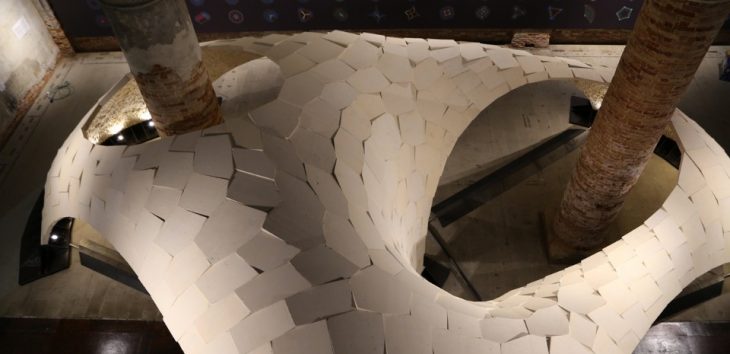
Armadillo Vault – Block Research Group
Idea:
Developing a tessellation strategy for funicular shell structures, based on structure and fabrication method.
- Aligning the panels based on force flow vectors, avoiding sliding of panels on the shell.
- Optimizing the geometry of panels based on fabrication method, for example, constraining the geometry to ruled surfaces, or convex panels.
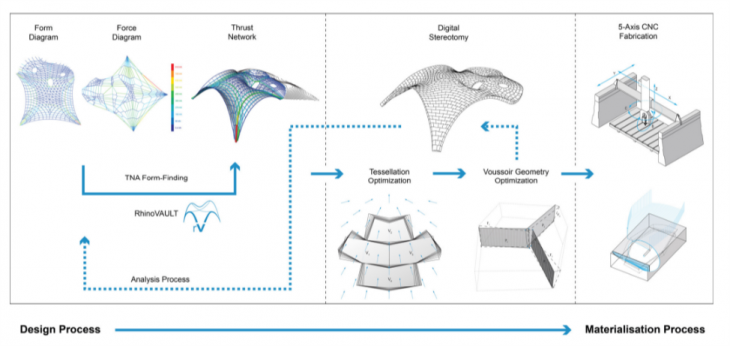
Innovating structural masonry – MLK Jr. Park Stone Vault Matthias Rippmann Philippe Block
The project being an assignment for python, I decided to define the project based on a research that has been already done before, so using the documentation that exist, I could focus on coding part of the project to improve my python skills.
Almost all of the references for this project are from Block Research Group at ETH Zurich, for further references I’ve included them at the end of this post.
as the complete process is very intense, and advanced, I decided to focus on only one part of the project.
in the following diagrams, I’m showing the processes to define smaller patches from a given boundary curve and a hole curve. which is the beginning step to define the initial topology of the tessellation pattern.
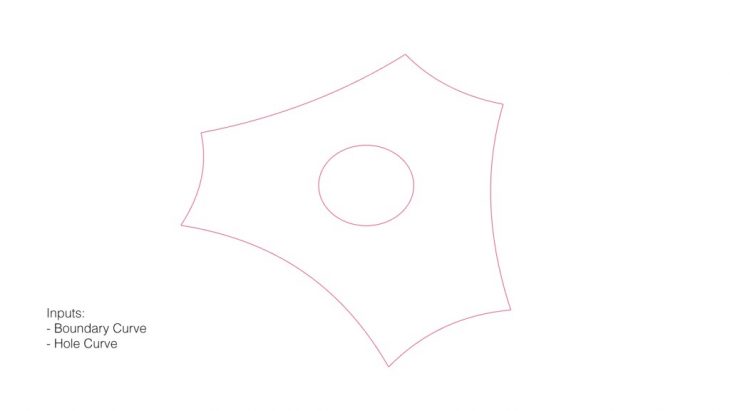
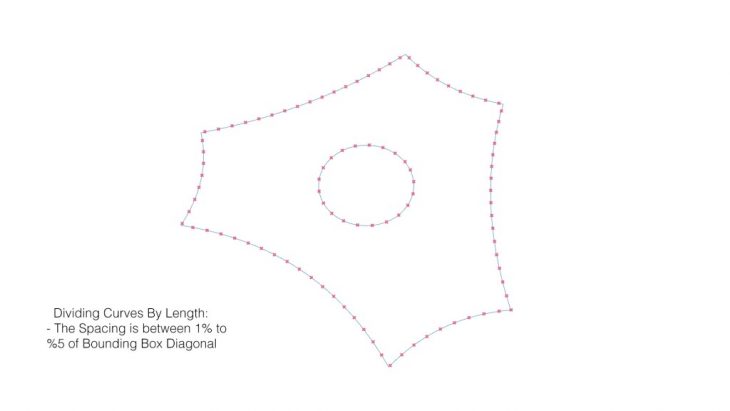
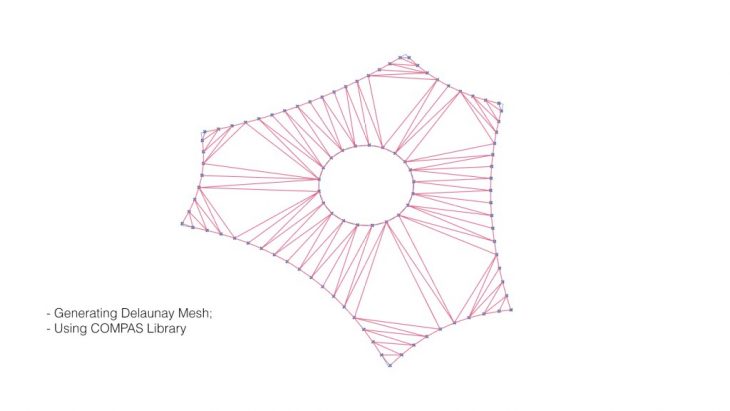

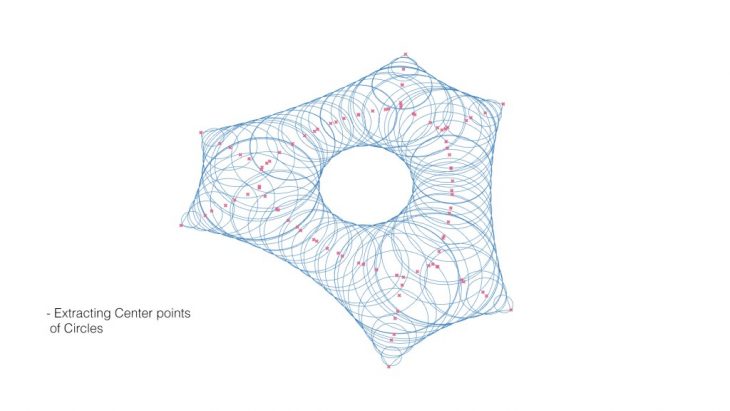
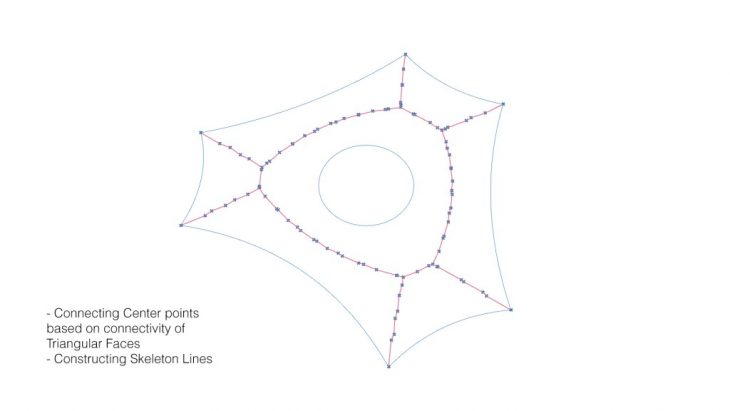
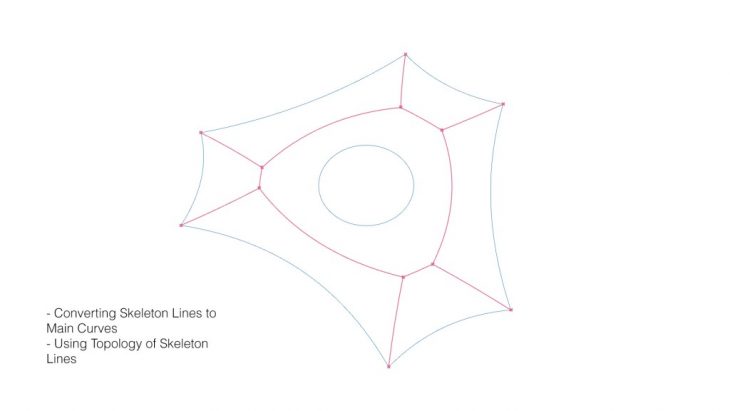
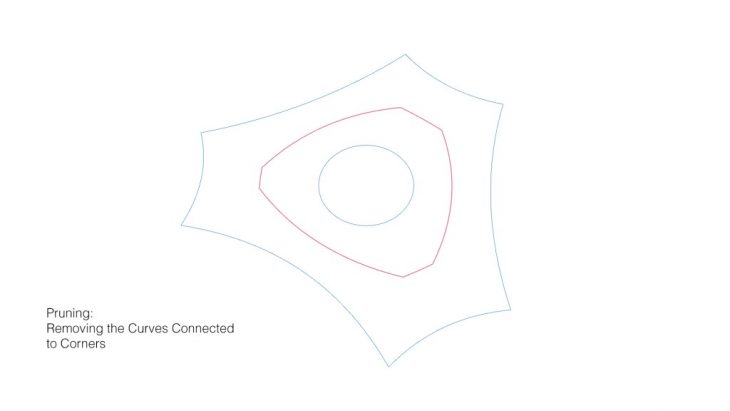
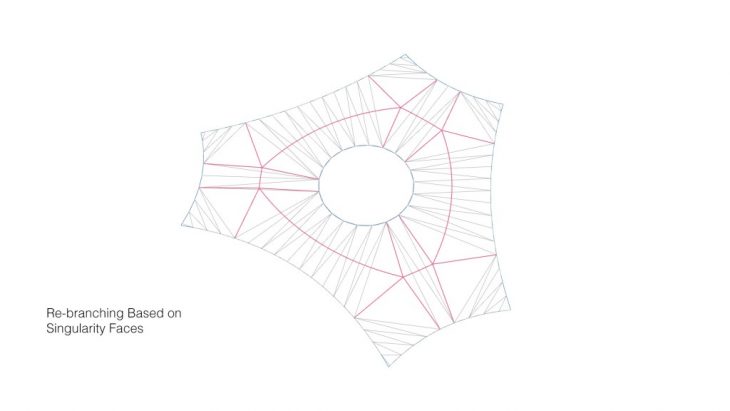
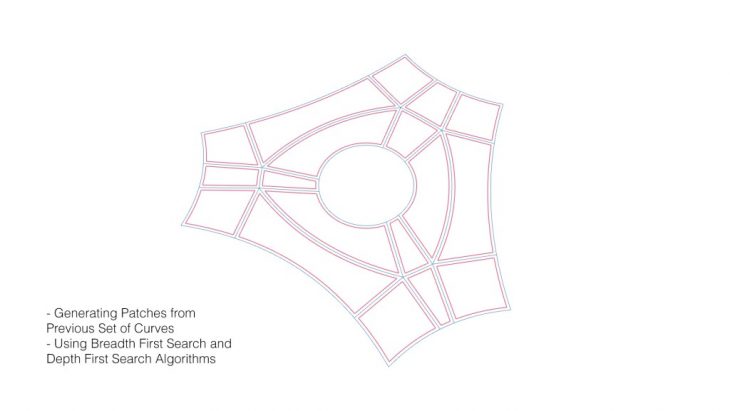
references:
- Computational Tessellation of Freeform, Cut-Stone Vaults – Rippman, Block – June 2018
- Patterns for Masonry Vault Design – Robin Oval, Rippman – Sep. 2017
- Digital Stereotomy: Voussoir geometry for freeform masonry-like vaults informed by structural and fabrication constraints – Rippman, Block – 2011
- New Design and Fabrication Methods for Freeform Stone Vaults Based on Ruled Surfaces
- Form Finding to Fabrication: A digital design process for masonry vaults
Credits:
Student: Soroush Garivani
Faculty: Long Nguyen, Eugenio Bettucchi
Software I | MRAC 2018